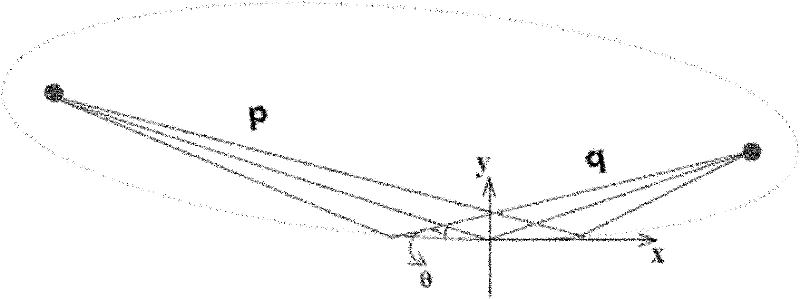Synchrotron radiation curve-edge focus lens design method by combining gravity bending coordinating and maximum application range
A technology with scope of application and gravity, applied in the field of synchrotron radiation optics and synchrotron radiation beamline engineering, which can solve the problems of residual surface error, failure to maximize the application range of curved mirrors, and failure to eliminate gravity surface errors.
- Summary
- Abstract
- Description
- Claims
- Application Information
AI Technical Summary
Problems solved by technology
Method used
Image
Examples
Embodiment Construction
[0061] The present invention will be described in further detail below in conjunction with the accompanying drawings and specific embodiments.
[0062] In the present invention, the idea of gravity co-bending is not to use gravity as a system error source, but to include it as a part of the bending force together with the bending force applied at both ends into the calculation of the bending surface shape, according to which the mirror The geometric parameters of the body and the parameters of the bending mechanics, thereby eliminating the gravity surface error. The idea of maximizing the applicable range is to minimize the absolute value of the derivative of the root mean square of the total residual surface shape error with respect to the focus condition at the design value, that is, the rise is the slowest near the design position as the focus condition changes, so that the focus The scope of application of the mirror to a certain focusing condition is maximized. The p...
PUM
 Login to View More
Login to View More Abstract
Description
Claims
Application Information
 Login to View More
Login to View More - R&D
- Intellectual Property
- Life Sciences
- Materials
- Tech Scout
- Unparalleled Data Quality
- Higher Quality Content
- 60% Fewer Hallucinations
Browse by: Latest US Patents, China's latest patents, Technical Efficacy Thesaurus, Application Domain, Technology Topic, Popular Technical Reports.
© 2025 PatSnap. All rights reserved.Legal|Privacy policy|Modern Slavery Act Transparency Statement|Sitemap|About US| Contact US: help@patsnap.com



